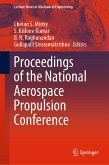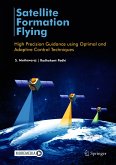These words were spoken by Wilbur Wright, who successfully accomplished the first powered flight together with his brother Orville in 1903 on the sand dunes of the Outer Banks off the coast of North Carolina. Wilbur was talking about the most important of their predecessors, Otto Lilienthal.
Lilienthal attracted worldwide attention due to the spectacular photographs showing him in flight, made possible by technology that had only just been developed by him. This fortuitous union between a pioneer of aviation and the pioneers of so-called "instantaneous photography" is responsible for the immense contemporary popularity of Lilienthal's flights around the globe, the first ever free flights performed by man. This book traces the life of the German aviation pioneer, focusing on the designs of his many aircraft and the photographic documentation that has survived. The presentation ends with a remarkable research project conducted by one of the authors, right up to and including his own training exercises with Lilienthal's "normal soaring apparatus" and "large biplane". This project offered new insight into Lilienthal's work, and also led to a spectacular aerial meeting of Lilienthal's 1895 biplane and the Wright brothers' 1902 biplane at a historic location on the Outer Banks. The book provides access to video material, largely stemming from this project.
Dieser Download kann aus rechtlichen Gründen nur mit Rechnungsadresse in A, B, BG, CY, CZ, D, DK, EW, E, FIN, F, GR, HR, H, IRL, I, LT, L, LR, M, NL, PL, P, R, S, SLO, SK ausgeliefert werden.









